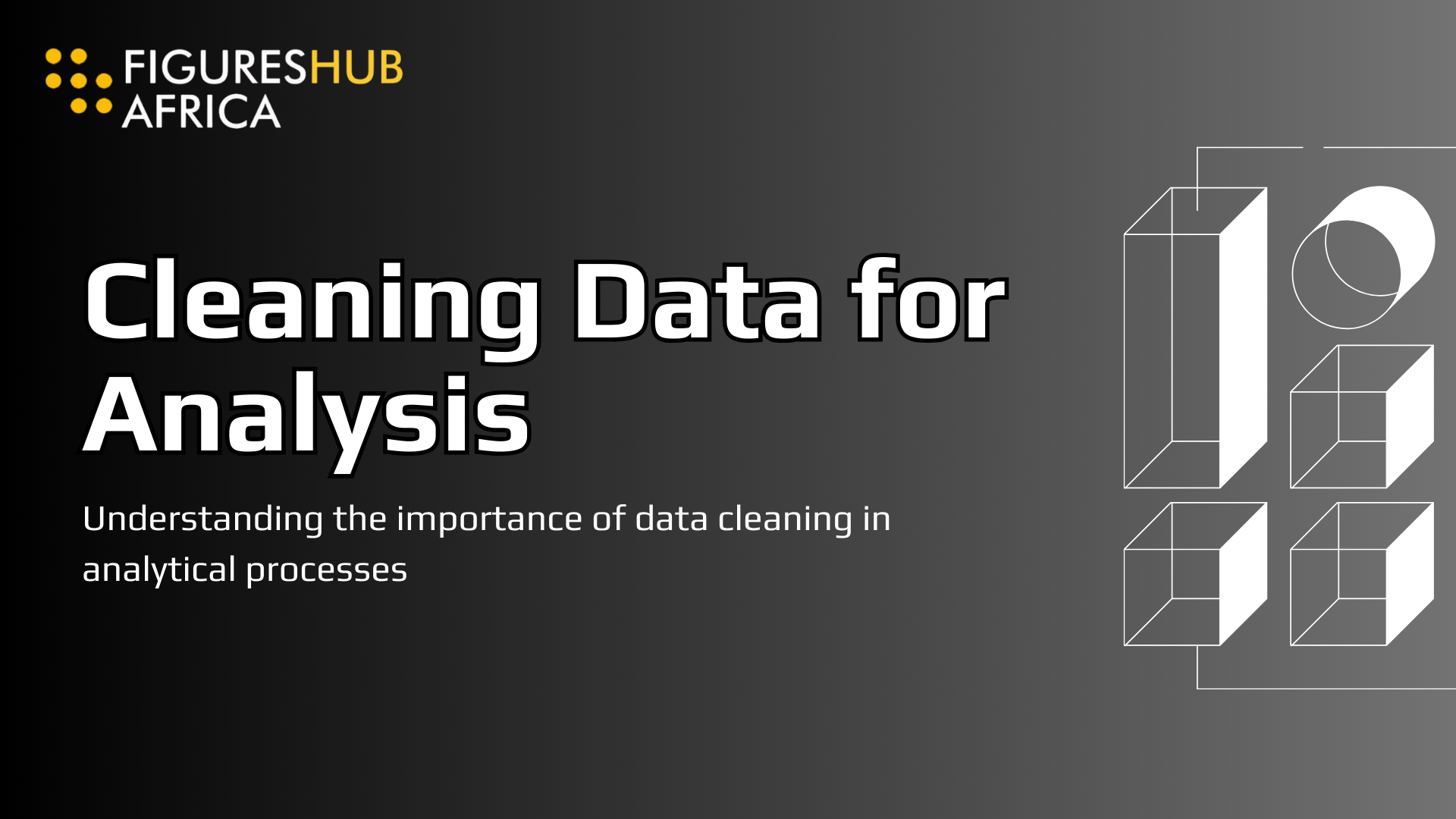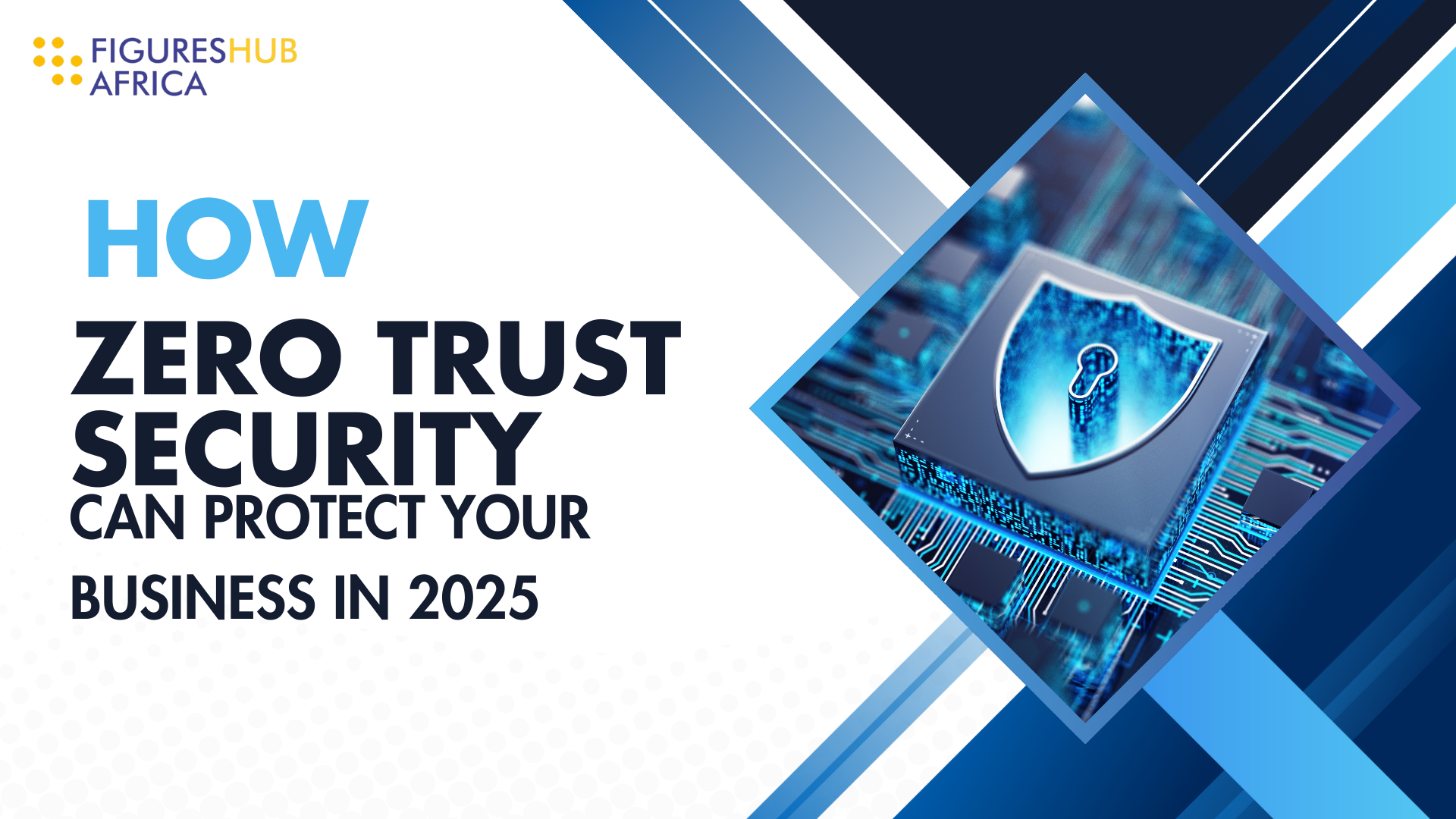Have you ever tried to cook with ingredients that are expired or mixed up in the wrong containers? That’s exactly what analyzing unclean data feels like — confusing, risky, and guaranteed to give you poor results. In data analysis, clean data is everything. Without it, your insights will be flawed, your decisions misinformed, and your efforts wasted. That’s why data cleaning is the first and most important step every data analyst must master.
In this article, you’ll learn not just what to do, but how and why it matters — with real-world examples and hands-on projects that make the skill stick.
Why Data Cleaning Matters
This is why data cleaning is important:
1. Real-World Data Is Always Messy
Whether you’re working with spreadsheets, databases, or exported survey results, raw data is rarely analysis-ready. It often comes with:
- Duplicates
- Missing values
- Typos and formatting issues
- Irrelevant or inconsistent entries
Jumping into analysis without cleaning this mess is like building a house on a cracked foundation.
2. Bad Data = Bad Decisions
Imagine a company making marketing decisions based on outdated or duplicated customer information. Or a startup forecasting revenue using incorrectly formatted data.
One tiny error can lead to wrong insights, missed opportunities, or costly mistakes.
3. Clean Data Saves Time Later
Spending a little more time cleaning upfront saves you hours of rework and debugging later. Clean data flows more smoothly through your analysis pipeline, making every other step — from visualization to reporting — faster and more effective.
How a Data Analysis Course Teaches Data Cleaning
It is designed to give you real skills, not just theory. When it comes to cleaning data, here’s what you’ll learn:
Understanding Data Types
Before cleaning, you need to know what kind of data you’re working with — numerical, categorical, time series, etc. We teach you how to identify and handle each type appropriately.
Tools That Do the Work
You’ll get hands-on training with tools like:
- Microsoft Excel for quick data checks
- Python (Pandas) for powerful data manipulation
- SQL for filtering and cleaning at the database level
No boring lectures — we dive right into real datasets with step-by-step walkthroughs.
Practical Cleaning Techniques
From removing duplicates to handling missing values and correcting formatting issues, you’ll learn how to:
- Standardize date formats
- Normalize text entries
- Deal with null values
- Identify and fix outliers
These are the same techniques used by professional analysts in the real world.
Mini Projects and Case Studies
Throughout the course, you’ll clean messy datasets from industries like finance, healthcare, and e-commerce — preparing you for real-life challenges.
Who Is This For?
Whether you’re:
- A beginner trying to break into data analysis
- A business owner wanting to make better decisions
- A freelancer looking to upskill and get more clients
- Or a student preparing for data-driven jobs
FiguresHub’s course gives you a practical edge in the field of data.
Conclusion
Clean data isn’t just the first step in analysis — it’s the foundation. Without it, even the most advanced models or dashboards fall apart. By mastering data cleaning, you set yourself up for accurate insights, smarter decisions, and better results. At FiguresHub, we equip you with the skills to clean, analyze, and make sense of data — the kind of skills employers and clients are looking for in 2025 and beyond. Register now!



